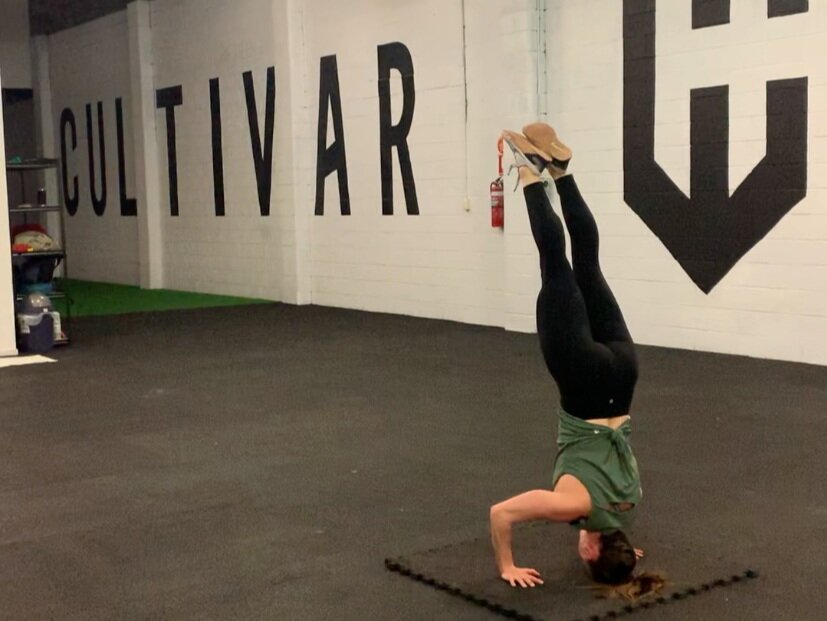As coaches, some days it feels like certain cues are on repeat coming out of our mouths. We try to find the most effective and actionable cue for you, but there are some classics that we stick to that are tried and true.
We also sometimes receive feedback months down the track that members hear us say “WOD” every day for six months, and still do not know what it means. For that reason, here is a quick explanation of some of our most common (and probably annoying!) cues:
1. Thumbs around the bar!
You will hear this one when you are hanging off the rig. When people first hang off the rig, it can be more comfortable to have your thumbs sitting on the same side of the bar as your fingers (over the top, not hooked underneath).
Our thumbs sit on the side of our hands for a reason, which is the same reason we don’t just have 10 fingers. You are meant to use your thumbs to grab stuff. Grabbing stuff with your thumbs gives you a much stronger grip.
If you were to hang a 60kg+ bag off the rig, would you want to just lay the strap over the top and hope it holds itself? Or would you tie a knot to be sure?
If you don’t put your thumbs around the bar, it is a mere matter of time before you go flying off the rig, and this is perhaps the biggest risk of injury we see with newcomers to the gym.
Don’t wait for us to ask; put your thumbs around the bar.
2. Set your back!
What is a set back?
If you don’t know what setting your back means, please stop reading this and go and ask your coach to show you! It’s okay if you don’t know yet, but you need to understand how to do this so that we can yell it at you continuously.
Your back is your most precious asset in the gym and in real life. Nothing halts your progress in the gym and affects your daily life more than an injured back (if you’ve had a back injury, you will understand this).
In short – your back is not intended to bend under load e.g. a heavy deadlift (“heavy” being relative to the person – this can mean 20kg or 200kg). When we say “set your back” we want a straight line from your tailbone through to your skull. There should be no bend or give, even as you begin the lift. This leads to the next common coach quote :
3. Squeeze your butt!
This is a simple way to try and get you to find some tension.
Sometimes your coach may say “squeeze your abs” or “use your abs” or “tense your core”, but this is more difficult to feel when you are new to exercise and CrossFit in particular.
Most people understand what it feels like to squeeze their butt.
Finding tension in your glutes (butt) can help you find tension in your core; this helps to set and protect your back and keeps you safe.
4. Eyes up!
In all lifts (excluding the deadlift) we want your eyes on the horizon.
When you attempt to watch yourself do a movement by looking down or to the side, you are not able to properly feel what you are doing. Eyes on the horizon also puts your body in the correct position.
Using the snatch as an example, the cue “eyes up” will have you lift your chest and drop your hips in the set-up, which will also most likely lead to you setting your back.
In a back squat, looking at the floor will pull your weight forward, off the midfoot. Every centimetre of balance will count when you are learning and lifting relatively heavy weights.
5. Knees out!
Your squat style depends on a number of different factors. When you are a beginner and are completely unfamiliar with a squat, we will encourage you to push your knees out over your second toe on the way down to the bottom of your squat.
Often this cue will fix a host of other issues, including caving through your core, a dropped chest, a lack of tension and loss of power.
Once you are more experienced, we won’t hound you with the “knees out” cue quite as much.



